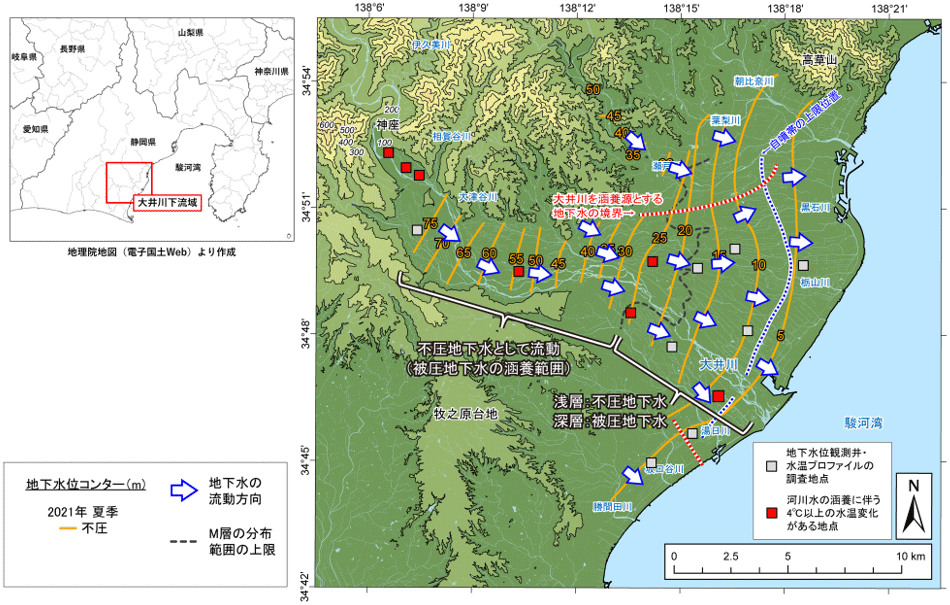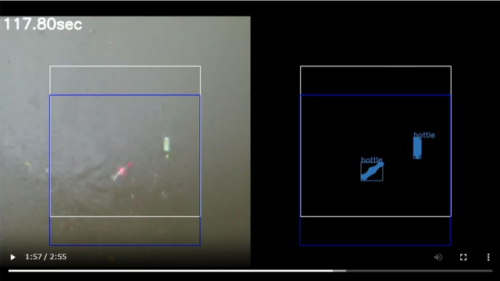2025-04-07 カーディフ大学
<関連情報>
- https://www.cardiff.ac.uk/news/view/2907806-destruction-caused-by-tsunamis-can-be-stopped-by-underwater-soundwaves,-study-suggests
- https://www.cambridge.org/core/journals/journal-of-fluid-mechanics/article/resonant-triad-interactions-of-two-acoustic-modes-and-a-gravity-wave/851D55337DBB33B9C80DA513EA7632B3
- https://www.cell.com/heliyon/fulltext/S2405-8440(16)31825-4
2つの音響モードと重力波の共振三波相互作用 Resonant triad interactions of two acoustic modes and a gravity wave
E. Zuccoli and U. Kadri
Journal of Fluid Mechanics Published:07 April 2025
DOI:https://doi.org/10.1017/jfm.2025.111
Abstract

The interaction between acoustic and surface gravity waves is generally neglected in classical water-wave theory due to their distinct propagation speeds. However, nonlinear dynamics can facilitate energy exchange through resonant triad interactions. This study focuses on the resonant triad interaction involving two acoustic modes and a single gravity wave in water of finite and deep depths. Using the method of multiple scales, amplitude equations are derived to describe the spatio-temporal behaviour of the system. Energy transfer efficiency is shown to depend on water depth, with reduced transfer in deeper water and enhanced interaction in shallower regimes. Numerical simulations identify parameter ranges, including resonant gravity wavenumber, initial acoustic amplitude and wave packet width, where the gravity-wave amplitude is either amplified or reduced. These results provide insights into applications such as tsunami mitigation and energy harnessing.
音響波と重力波の共振三波相互作用による津波の軽減 Tsunami mitigation by resonant triad interaction with acoustic–gravity waves
Usama Kadri
Heliyon Published:January 23, 2017
DOI:https://doi.org/10.1016/j.heliyon.2017.e00234

Abstract
Tsunamis have been responsible for the loss of almost a half million lives, widespread long lasting destruction, profound environmental effects, and global financial crisis, within the last two decades. The main tsunami properties that determine the size of impact at the shoreline are its wavelength and amplitude in the ocean. Here, we show that it is in principle possible to reduce the amplitude of a tsunami, and redistribute its energy over a larger space, through forcing it to interact with resonating acoustic–gravity waves. In practice, generating the appropriate acoustic–gravity modes introduces serious challenges due to the high energy required for an effective interaction. However, if the findings are extended to realistic tsunami properties and geometries, we might be able to mitigate tsunamis and so save lives and properties. Moreover, such a mitigation technique would allow for the harnessing of the tsunami’s energy.



